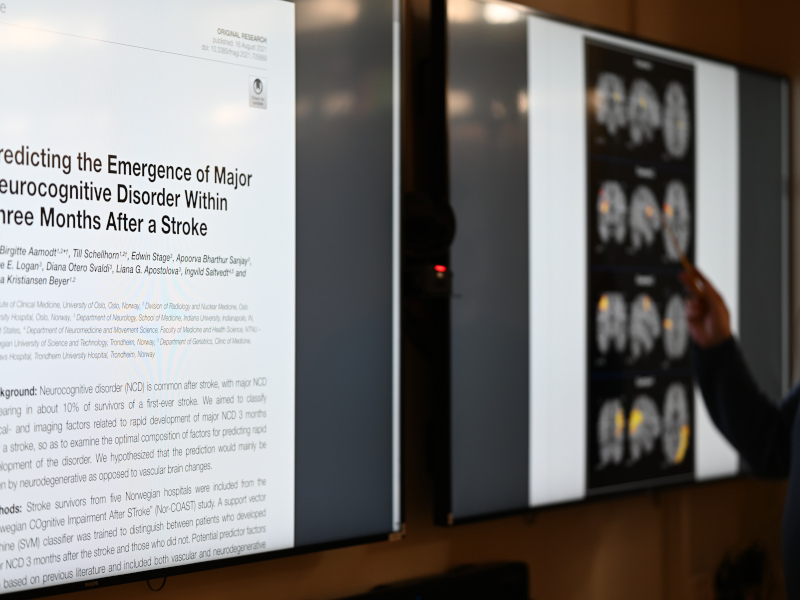Research projects
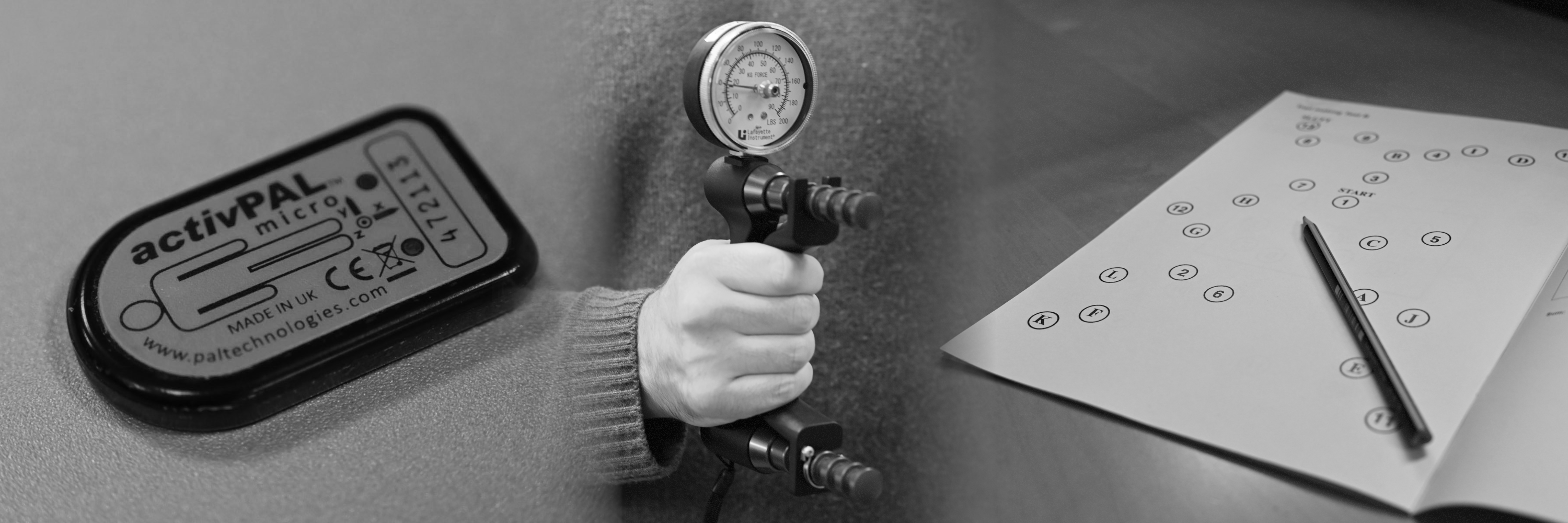
Our research projects and work packages
The Nor-COAST study is organised into work packages attempting to find answers to different questions:
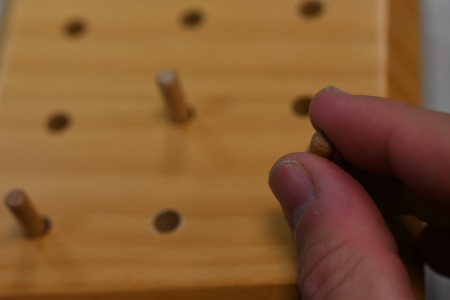 Work package 1 investigate incidence rate of cognitive impairment after stroke and involves method development for classification of the cognitive impairment. We have examined how various classification methods lead to different estimates for the incident rate of cognitive impairment and dementia, and correlations between the various methods. Further, we investigated the correlation between cognitive impairment and different types of stroke and cardiovascular disease prior to the stroke. An ongoing project looks at the course of cognition and function over three years after stroke. One study examines the results of neuroplastic clinical surveying compared to the classification done earlier in Nor-COAST. Another study investigates how delirium in the acute phase after stroke predict development of cognitive and emotional symptoms later.
Work package 1 investigate incidence rate of cognitive impairment after stroke and involves method development for classification of the cognitive impairment. We have examined how various classification methods lead to different estimates for the incident rate of cognitive impairment and dementia, and correlations between the various methods. Further, we investigated the correlation between cognitive impairment and different types of stroke and cardiovascular disease prior to the stroke. An ongoing project looks at the course of cognition and function over three years after stroke. One study examines the results of neuroplastic clinical surveying compared to the classification done earlier in Nor-COAST. Another study investigates how delirium in the acute phase after stroke predict development of cognitive and emotional symptoms later.
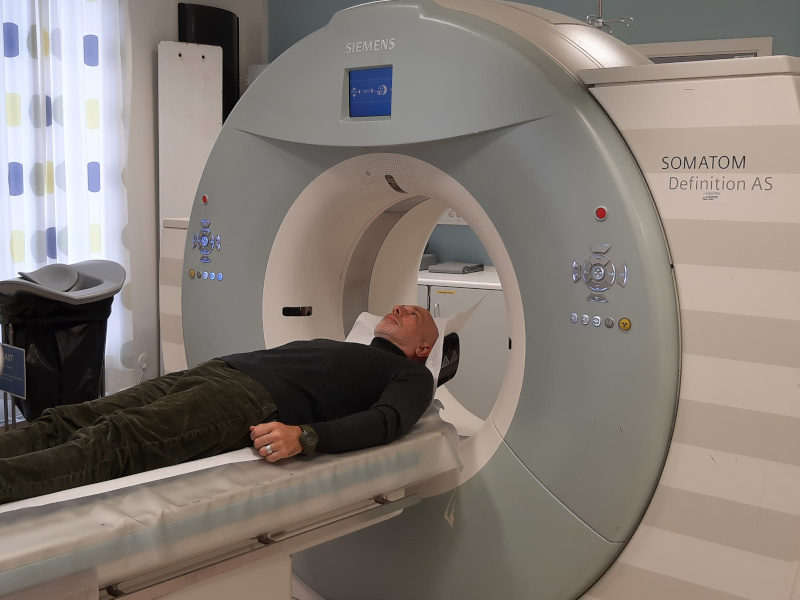 Work package 2a involves imaging diagnostics after stroke, both in the form of clinical evaluation and in quantitative analysis. The purpose with the work package is to identify bio markers with imaging diagnostics that can provide information about future development of dementia and cognitive impairment. Many of the participants in Nor-COAST have taken MRI images both immediately after the stroke and in further follow ups later. We have examined incidence of brain changes, both in the form of vascular disease and loss of brain tissue, which the participants in Nor-COAST already had developed prior to suffering stroke. Further, we have surveyed the individual stroke's size and location. Visual scales and databased analysis have been used in the surveying. We have also investigated how both brain changes the participants had prior and conditions with the stroke correlate with who develops cognitive impairment later. Artificial intelligence has also been used to predict who is at risk of developing dementia shortly after the stroke. In these analyses we have used many markers from imaging diagnostics of the brain supplemented by other information about the stroke and participant. An ongoing project looks at estimated brain age for the participants in Nor-COAST compared to healthy controls.
Work package 2a involves imaging diagnostics after stroke, both in the form of clinical evaluation and in quantitative analysis. The purpose with the work package is to identify bio markers with imaging diagnostics that can provide information about future development of dementia and cognitive impairment. Many of the participants in Nor-COAST have taken MRI images both immediately after the stroke and in further follow ups later. We have examined incidence of brain changes, both in the form of vascular disease and loss of brain tissue, which the participants in Nor-COAST already had developed prior to suffering stroke. Further, we have surveyed the individual stroke's size and location. Visual scales and databased analysis have been used in the surveying. We have also investigated how both brain changes the participants had prior and conditions with the stroke correlate with who develops cognitive impairment later. Artificial intelligence has also been used to predict who is at risk of developing dementia shortly after the stroke. In these analyses we have used many markers from imaging diagnostics of the brain supplemented by other information about the stroke and participant. An ongoing project looks at estimated brain age for the participants in Nor-COAST compared to healthy controls.
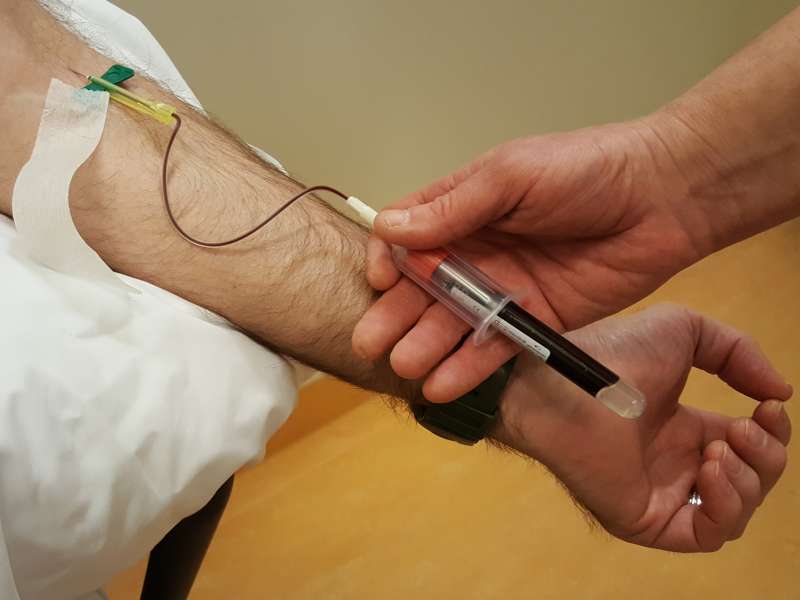 Work package 2b involves research on inflammatory processes in stroke. Markers for inflammation have been analysed in blood tests from many participants in Nor-COAST. The purpose of the work package is to look at the correlation between inflammatory processes and development of cognitive impairment after stroke. We have examined the correlation between the degree of inflammation in the blood and how much the participants are sedentary after the stroke. Furthermore, we have explored newer inflammation markers in the blood of the participants. An ongoing project is investigating the impact of inflammatory processes in the development of cognitive impairment and stroke. This project examines if high levels of inflammation markers at the time of admission for stroke can predict development of cognitive impairment and changes in MRI-images over long periods of time after the stroke. It is also examining whether the participants with high levels of inflammation in later follow ups after the stroke are at higher risk to suffer cognitive impairment later.
Work package 2b involves research on inflammatory processes in stroke. Markers for inflammation have been analysed in blood tests from many participants in Nor-COAST. The purpose of the work package is to look at the correlation between inflammatory processes and development of cognitive impairment after stroke. We have examined the correlation between the degree of inflammation in the blood and how much the participants are sedentary after the stroke. Furthermore, we have explored newer inflammation markers in the blood of the participants. An ongoing project is investigating the impact of inflammatory processes in the development of cognitive impairment and stroke. This project examines if high levels of inflammation markers at the time of admission for stroke can predict development of cognitive impairment and changes in MRI-images over long periods of time after the stroke. It is also examining whether the participants with high levels of inflammation in later follow ups after the stroke are at higher risk to suffer cognitive impairment later.

Work package 2c involves genetic circumstances of importance to cognitive impairment after stroke. Nor-COAST have been in cooperation with the Norwegian research network Demgene to survey genetic circumstances of importance for dementia, where blood samples from Nor-COAST have contributed as one of many material evidence that together provide foundations for large studies.
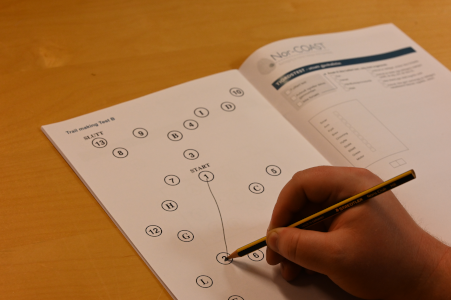 The purpose of work package 3 is to develop clinical tools to predict who are at risk to develop cognitive impairment after stroke. We have investigated the utility of the cognitive screening test Montreal Cognitive Assessment in detecting cognitive impairment after a recent stroke. Further, we have examined whether frailty prior to the stroke can indicate risk of developing cognitive impairment after. An ongoing project looks at carotid stenosis (narrow blood vessels in the neck) at the time of admission for stroke and to what degree this is correlated with changes in MRI of the brain (vascular disease and loss of brain tissue) and development of cognitive impairment over time after the stroke.
The purpose of work package 3 is to develop clinical tools to predict who are at risk to develop cognitive impairment after stroke. We have investigated the utility of the cognitive screening test Montreal Cognitive Assessment in detecting cognitive impairment after a recent stroke. Further, we have examined whether frailty prior to the stroke can indicate risk of developing cognitive impairment after. An ongoing project looks at carotid stenosis (narrow blood vessels in the neck) at the time of admission for stroke and to what degree this is correlated with changes in MRI of the brain (vascular disease and loss of brain tissue) and development of cognitive impairment over time after the stroke.
 Work package 4 surveys physical activity after stroke. This is done both through activity sensors registering active and sedentary behaviour, and through self-reporting from the participants. The goal with the work package is to study the effect of physical activity after stroke and correlation with cognition over time. The research involves both projects examining physical activity and intensity, as well as projects studying inactivity and sitting still. We gave investigated how a prolonged sedentary lifestyle relates to markers for inflammation in the body and long-term blood sugar in participants with diabetes. An ongoing project looks at how the activity pattern changes over time after stroke and how this is related to physical function. Another study examines inactivity and sedentary lifestyle after stroke and how this changes over time and what correlation sedentary lifestyle has with impairment in various cognitive domains. The correlation between physical activity and MRI-findings will also be examined over time.
Work package 4 surveys physical activity after stroke. This is done both through activity sensors registering active and sedentary behaviour, and through self-reporting from the participants. The goal with the work package is to study the effect of physical activity after stroke and correlation with cognition over time. The research involves both projects examining physical activity and intensity, as well as projects studying inactivity and sitting still. We gave investigated how a prolonged sedentary lifestyle relates to markers for inflammation in the body and long-term blood sugar in participants with diabetes. An ongoing project looks at how the activity pattern changes over time after stroke and how this is related to physical function. Another study examines inactivity and sedentary lifestyle after stroke and how this changes over time and what correlation sedentary lifestyle has with impairment in various cognitive domains. The correlation between physical activity and MRI-findings will also be examined over time.
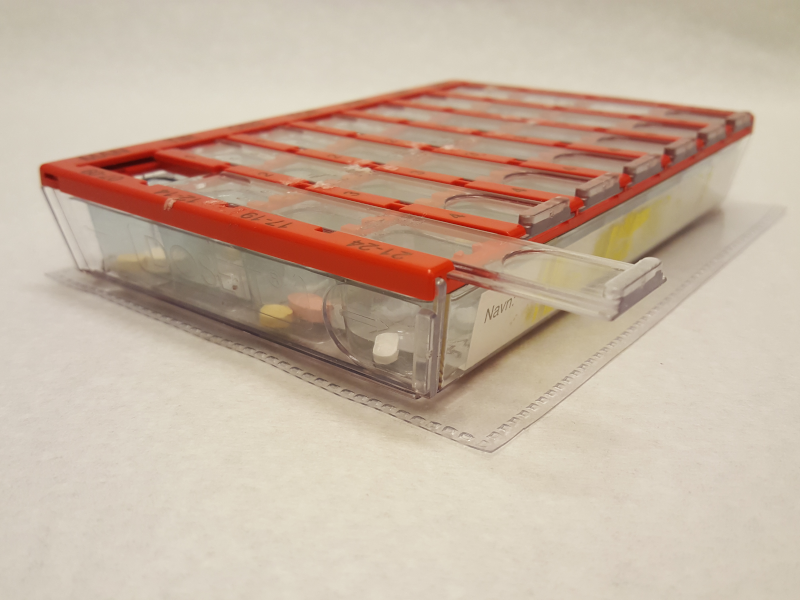 Work package 5 investigates compliance of treatment to prevent new strokes or other instances of cardiovascular disease. The work package looks at the importance of compliance on function and cognition. We have examined the degree to which the preventative treatment after stroke succeeds at seeing how many participants in Nor-COAST that achieved the goal for blood pressure, cholesterol and blood sugar. We have also studied the factors of importance for the degree to which these goals are achieved. In another project, we have investigated if a risk model developed for patients with vascular disease generally would give reliable and useful information about future risk in patients with stroke. An ongoing project is performing medication analysis to find objective measures of the efficiency of the preventative treatment. The results from medication analysis on blood pressure medication and medications to prevent blood clot in arterial fibrillation is afterwards connected to the participants' medication lists and self-reported compliance.
Work package 5 investigates compliance of treatment to prevent new strokes or other instances of cardiovascular disease. The work package looks at the importance of compliance on function and cognition. We have examined the degree to which the preventative treatment after stroke succeeds at seeing how many participants in Nor-COAST that achieved the goal for blood pressure, cholesterol and blood sugar. We have also studied the factors of importance for the degree to which these goals are achieved. In another project, we have investigated if a risk model developed for patients with vascular disease generally would give reliable and useful information about future risk in patients with stroke. An ongoing project is performing medication analysis to find objective measures of the efficiency of the preventative treatment. The results from medication analysis on blood pressure medication and medications to prevent blood clot in arterial fibrillation is afterwards connected to the participants' medication lists and self-reported compliance.

